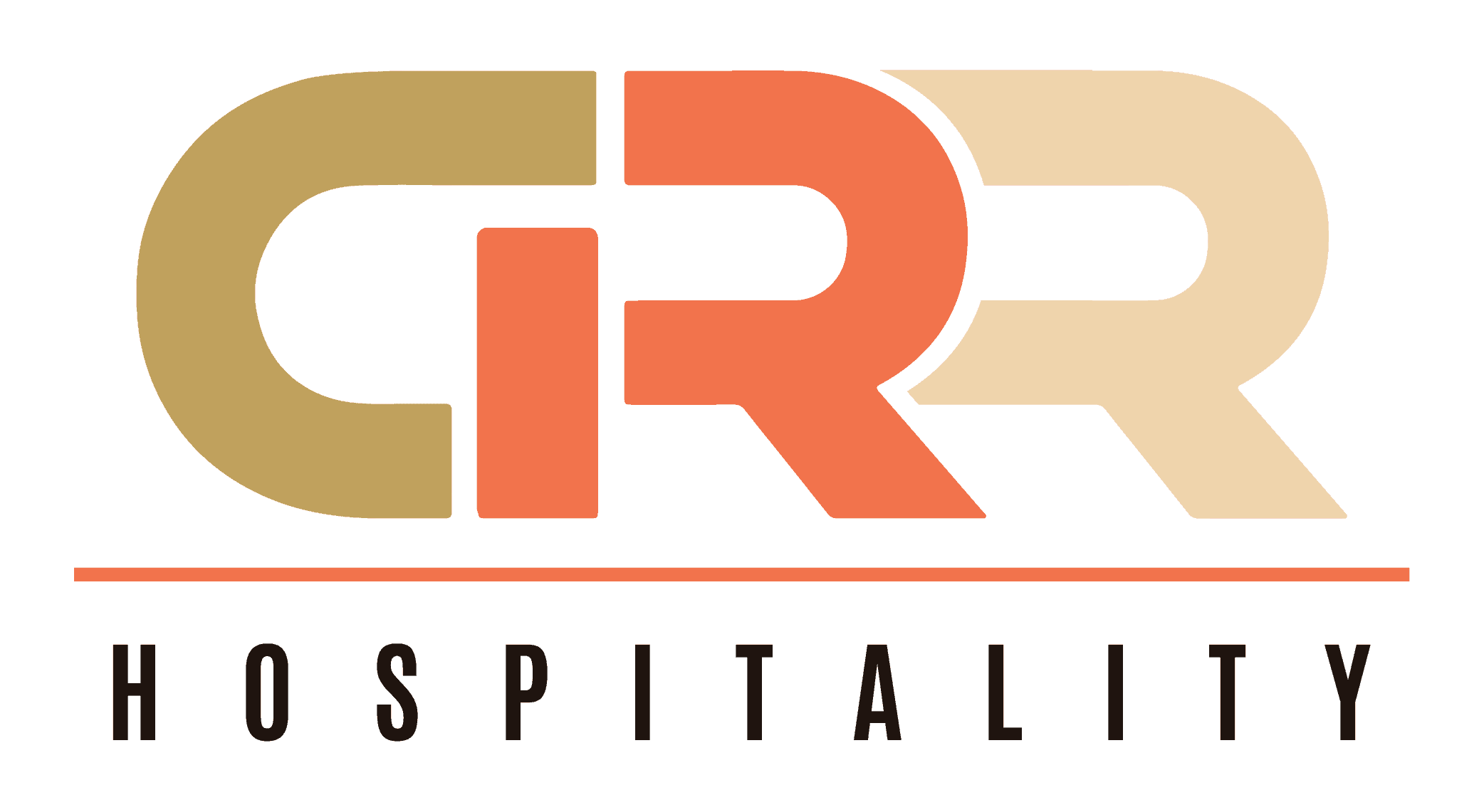Glamping, short for glamorous camping, has been gaining popularity over the years as a unique and luxurious alternative to traditional camping. With the growing demand for glamping, there’s an increasing need for glamping businesses to implement effective revenue forecasting strategies to drive growth and profitability.
Revenue forecasting in glamping businesses involves estimating future revenues based on various factors such as occupancy rates, seasonality, and market trends. Accurate revenue forecasting is critical to effective business planning, resource allocation, and decision-making.
To optimize revenue forecasting in glamping businesses, it’s essential to understand the key variables and factors that influence revenue projections. This involves leveraging historical data, conducting market research, and analyzing relevant industry trends.
Key Takeaways
- Revenue forecasting is crucial for the growth and profitability of glamping businesses.
- Accurate forecasting involves analyzing various factors such as historical data, market trends, and seasonal fluctuations.
- Optimizing revenue forecasting requires the use of effective strategies and leveraging technology.
- Tracking and analyzing KPIs is essential for monitoring the success and growth of glamping businesses.
- Continuous monitoring and evaluation of revenue forecasts is necessary to make informed business decisions and adapt to changes in the market.
Understanding Revenue Forecasting in the Glamping Industry

Glamping businesses can benefit significantly from revenue forecasting to optimize their growth and profitability. Revenue forecasting involves estimating future income based on past performance, current trends, and market analysis. In the glamping industry, revenue forecasting is an essential tool to ensure that businesses can make informed decisions and stay competitive in a rapidly growing market.
To create an effective revenue forecast in the glamping industry, businesses must understand the factors that influence their revenue streams. These factors include the number of bookings, length of stay, average daily rates, and seasonality. Accurate data analysis and market research can help businesses make more informed decisions and improve the accuracy of their revenue forecasts.
One of the challenges of revenue forecasting in the glamping industry is the seasonality of bookings and demand. For example, glamping businesses may see an increase in bookings during peak summer months and a decrease in bookings during the winter months. Businesses must also consider external factors such as weather conditions or unexpected events that may impact demand and revenue projections.
Despite these challenges, implementing effective revenue forecasting strategies can help glamping businesses achieve growth and success. By utilizing historical data, leveraging market trends, and continuously monitoring and analyzing key performance indicators (KPIs), businesses can improve the accuracy of their revenue forecasts and make more informed decisions about pricing and marketing strategies.
Effective Strategies for Revenue Forecasting in Glamping Businesses

Effective revenue forecasting strategies are crucial for the growth and success of glamping businesses in the highly competitive market. The following strategies can help businesses to forecast revenue accurately and optimize their profitability:
- Set Realistic Goals: Businesses should set achievable revenue goals based on historical data and market conditions. This will enable them to make accurate projections and avoid overestimating or underestimating revenue figures.
- Utilize Historical Data: Historical data analysis is vital for forecasting revenue. Businesses should leverage their previous financial performance, bookings, and guest reviews to identify trends, patterns, and potential revenue drivers.
- Leverage Market Trends: Staying abreast of market trends and consumer preferences is essential for generating revenue forecasting insights. By analyzing market trends, businesses can estimate demand and revise their revenue projections accordingly.
- Consider Seasonality and Fluctuations in Demand: Revenue forecasting should consider seasonal fluctuations in demand and other factors such as weather patterns, festivals, and holidays. By incorporating such variables, businesses can optimize their revenue forecasting efforts.
By employing these effective revenue forecasting strategies, glamping businesses can make informed decisions and increase their profitability and growth. Additionally, businesses can use forecasting tools and software to enhance their revenue projections and monitor key performance indicators (KPIs) such as
| KPIs | Description |
|---|---|
| Occupancy Rates | The percentage of available glamping units that are occupied during a specific period. |
| Average Daily Rates (ADRs) | The average revenue earned per occupied glamping unit per day. |
| Customer Satisfaction Scores | Feedback provided by guests on their overall experience, service quality, and amenities. |
| Revenue per Available Unit (RevPAU) | The total revenue generated per available glamping unit, including occupancy rates and ADRs. |
These KPIs provide valuable insights into businesses’ performance and facilitate informed decision-making.
Predicting Revenue in the Glamping Industry

Accurate revenue forecasting is essential for the growth and success of glamping businesses. Predicting revenue in the glamping industry requires the use of financial models, forecasting tools, and statistical analyses to estimate revenue in glamping businesses. These tools can help glamping business owners and managers to make informed decisions, manage resources effectively, and plan for growth.
When predicting revenue in the glamping industry, it is important to adjust forecasts based on external factors that can impact revenues, such as economic conditions and market competition. By integrating external data and market insights into revenue projections, glamping businesses can gain a more comprehensive understanding of their potential for growth and profitability.
Leveraging Technology for Revenue Forecasting in Glamping Businesses

Glamping businesses can use technology to optimize their revenue forecasting efforts. By employing advanced software, data analytics tools, and automation, they can streamline the forecasting process and enhance accuracy, leading to informed business decisions, and increased revenue growth.
One of the most significant benefits of leveraging technology is the ability to capture and analyze real-time market data. This data provides invaluable insights into consumer behavior, preferences, and buying patterns, enabling businesses to adapt quickly to market shifts and changing customer needs. With accurate data and insights, glamping businesses can make informed decisions on pricing, promotions, and inventory management, ultimately driving growth and profitability.
Notably, digital marketing strategies can also play a vital role in boosting revenue growth for luxury camping businesses. Online advertising campaigns and social media promotions can increase brand awareness, drive website traffic, and encourage direct bookings, reducing reliance on third-party booking platforms. By focusing on digital marketing strategies tailored to their target audience, businesses can increase conversions and revenue.
Examples of Revenue Forecasting Technology Solutions
| Technology Solution | Benefits |
|---|---|
| Forecasting software | Enables businesses to make accurate revenue projections based on historical data, market trends, and external factors such as seasonality and demand fluctuations. |
| Data analytics tools | Provides the ability to analyze and interpret market data, customer behavior, and trends, leading to informed business decisions and growth opportunities. |
| Channel management software | Allows businesses to manage their online distribution channels, track bookings, and monitor inventory levels, ensuring efficient revenue management and distribution. |
Overall, technology can be a powerful tool for revenue forecasting in glamping businesses. By using advanced software, data analytics tools, and digital marketing strategies, businesses can optimize their forecasting efforts, make informed decisions, and unlock their full potential for success and revenue growth.
Tracking and Analyzing Key Performance Indicators (KPIs)
Effective revenue forecasting requires tracking and analyzing key performance indicators (KPIs) that can help monitor and optimize business growth for glamping businesses, as glamping business growth is mainly related to monitoring occupancy rates, average daily rates (ADRs), customer satisfaction scores, and revenue per available unit (RevPAU).
For instance, tracking occupancy rates will help businesses gauge how well they are utilizing their available resources and make necessary changes to pricing strategies to maximize revenue. Customer satisfaction scores can help businesses understand customer needs and preferences, and make changes to the services offered. Similarly, tracking ADRs can provide an indication of the average revenue generated per unit, and RevPAU can help track which units are generating the most revenue.
Using KPI data to analyze business performance enables businesses to adjust revenue forecasting strategies according to emerging trends, competitive factors and customer feedback. Given the importance of KPI data to revenue forecasting, tracking and analyzing KPIs should be a top priority for all glamping businesses.
Key Performance Indicators for Glamping Businesses
| KPIs | Description |
|---|---|
| Occupancy Rates | The percentage of available units that are occupied at a given time. |
| Average Daily Rates (ADRs) | The average rate per night for a unit based on the number of occupied units. |
| Customer Satisfaction Scores | Feedback received from customers on their experience with the business. |
| Revenue Per Available Unit (RevPAU) | The average revenue generated from a single unit during a given time period. |
Navigating Challenges in Revenue Forecasting for Glamping Businesses
While revenue forecasting can help glamping businesses achieve growth, it is not without its challenges. Various factors can impact revenue projections, making it challenging to create accurate forecasts. Seasonality is one factor that can significantly affect revenue in the glamping industry. Businesses that operate seasonally may struggle to maintain consistent revenue throughout the year, making it difficult to predict future earnings.
Weather conditions can also impact revenue, especially in outdoor glamping businesses, depending on the time of year and location. Unexpected weather events can force businesses to close temporarily, resulting in lost revenue. Moreover, changing consumer preferences can also impact revenue forecasting, making it difficult for businesses to predict demand accurately.
Businesses in the luxury camping sector should consider contingency planning and flexibility to handle unexpected events. Flexibility in operations, pricing, and marketing can help businesses adapt to changing market conditions and consumer preferences. Furthermore, leveraging technology and data analysis can provide businesses with real-time market feedback and insights, helping them adjust revenue forecasting strategies accordingly to promote glamping business growth.
“To stay competitive, glamping businesses must navigate and overcome challenges in revenue forecasting, leveraging innovative strategies and technologies to adapt to market conditions and changes in consumer demand. “
Continuous Monitoring and Evaluation of Revenue Forecasts
Continuous monitoring and evaluation of revenue forecasts is crucial for ensuring glamping business growth. Review cycles, regular data analysis, and benchmarking against industry standards are important elements for achieving accuracy and effectiveness in revenue projections. This process involves establishing key performance indicators (KPIs), such as occupancy rates, average daily rates (ADRs), customer satisfaction, and revenue per available unit (RevPAU), to track and measure progress.
Monitoring and evaluating revenue forecasts allows glamping businesses to identify areas for improvement, adjust strategies, and make informed decisions to drive growth. Real-time market feedback and emerging trends should be considered to further refine forecasts and adapt to changing market conditions.
“Continuous monitoring and evaluation of revenue forecasts is critical to ensure that glamping businesses are on track to meet their goals and achieve success,” says Jane Smith, CEO of Glamp Co.
“Regularly analyzing data and adjusting strategies based on market feedback is key to staying ahead of the competition and remaining profitable in the luxury camping sector.”
Conclusion
The glamping industry is a rapidly growing sector, and revenue forecasting plays a crucial role in driving sustainable growth and profitability for businesses in this space. By understanding the purpose and benefits of revenue forecasting, glamping businesses can leverage effective strategies, such as setting realistic goals, analyzing historical data, and leveraging technology to optimize revenue projections, predict revenue, and track KPIs.
However, navigating potential challenges, such as seasonality, weather conditions, and changing consumer preferences, requires contingency planning and flexibility. By continuously monitoring and evaluating revenue forecasts and adjusting strategies accordingly, glamping businesses can make informed decisions and unlock their full potential for success.
Implementing effective revenue forecasting strategies is crucial to staying competitive and achieving sustainable growth in the dynamic glamping market. By following best practices and leveraging technology, glamping businesses can optimize their performance and achieve long-term success.
FAQ
What is revenue forecasting?
Revenue forecasting is the process of estimating the future revenue of a glamping business based on historical data, market trends, and various other factors. It involves analyzing sales data, conducting market research, and utilizing forecasting tools to predict future revenue and plan for business growth.
Why is revenue forecasting important for glamping businesses?
Revenue forecasting is vital for glamping businesses as it helps in making informed decisions, setting realistic goals, and optimizing resource allocation. It enables businesses to plan for future expenses, anticipate market changes, and identify areas for revenue growth. Additionally, accurate revenue forecasting allows businesses to secure financing and attract investors by demonstrating a thorough understanding of their revenue potential.
What variables and factors influence revenue forecasting in glamping businesses?
Revenue forecasting in glamping businesses is influenced by various factors, including the number of bookings, average daily rates (ADRs), occupancy rates, and guest satisfaction levels. Other variables that impact revenue forecasts include seasonality, marketing efforts, competition, and economic conditions. It is essential to consider these factors and gather accurate data to make reliable revenue projections.
What strategies can be employed for effective revenue forecasting in glamping businesses?
To forecast revenue effectively in glamping businesses, it is crucial to set realistic goals, utilize historical data, and leverage market trends. Analyzing industry benchmarks, monitoring customer behavior, and conducting regular market research are also helpful strategies. Additionally, considering seasonality, optimizing pricing strategies, and incorporating customer feedback into revenue forecasts can enhance accuracy.
How can technology aid in revenue forecasting for glamping businesses?
Technology plays a significant role in revenue forecasting for glamping businesses. Advanced software, data analytics tools, and automation can help streamline the forecasting process and improve accuracy. These tools can analyze large datasets, identify patterns, and generate detailed revenue projections. Additionally, leveraging technology for digital marketing strategies can drive business growth and increase revenue in the luxury camping sector.
What are key performance indicators (KPIs) in glamping businesses, and why are they important for revenue forecasting?
Key performance indicators (KPIs) in glamping businesses include occupancy rates, average daily rates (ADRs), customer satisfaction scores, and revenue per available unit (RevPAU). These metrics provide valuable insights into the performance and revenue potential of a glamping business. Monitoring and analyzing KPIs allow businesses to identify trends, adjust pricing strategies, and optimize revenue forecasting efforts according to customer demand and market conditions.
What are the challenges in revenue forecasting for glamping businesses?
Glamping businesses may encounter challenges in revenue forecasting due to factors such as seasonality, weather conditions, and changing consumer preferences. Fluctuations in demand, unexpected events, and competition can also impact revenue projections. It is crucial for glamping businesses to anticipate these challenges, develop contingency plans, and remain flexible in their revenue forecasting strategies to adapt and respond effectively to market shifts.
How should glamping businesses monitor and evaluate revenue forecasts?
Glamping businesses should continuously monitor and evaluate revenue forecasts by conducting regular review cycles, analyzing data, and benchmarking against industry standards. By comparing actual revenue with projected revenue, businesses can identify areas of improvement, adjust forecasting strategies, and make informed business decisions. Additionally, incorporating real-time market feedback and emerging trends into revenue forecasts enhances accuracy and helps drive business growth.





